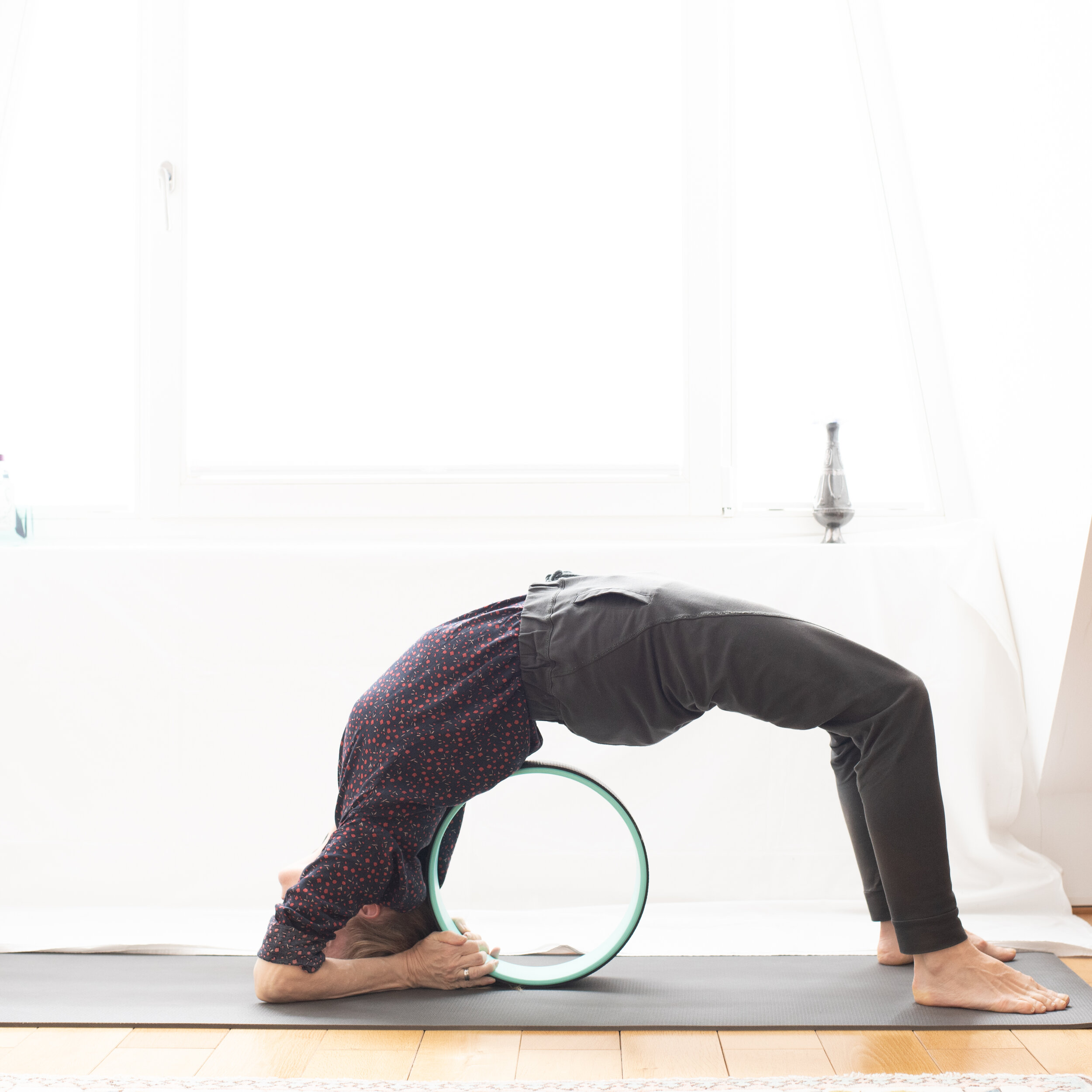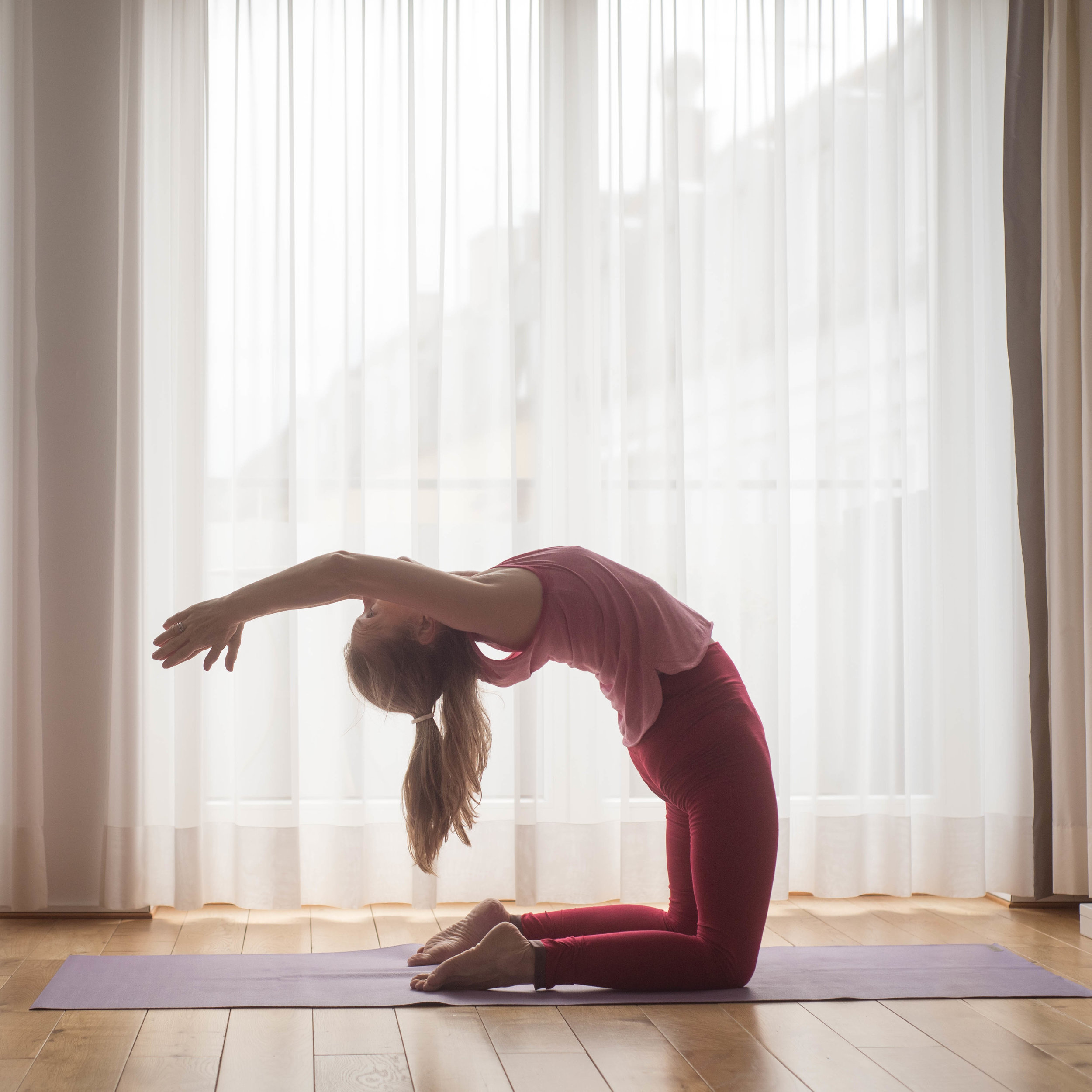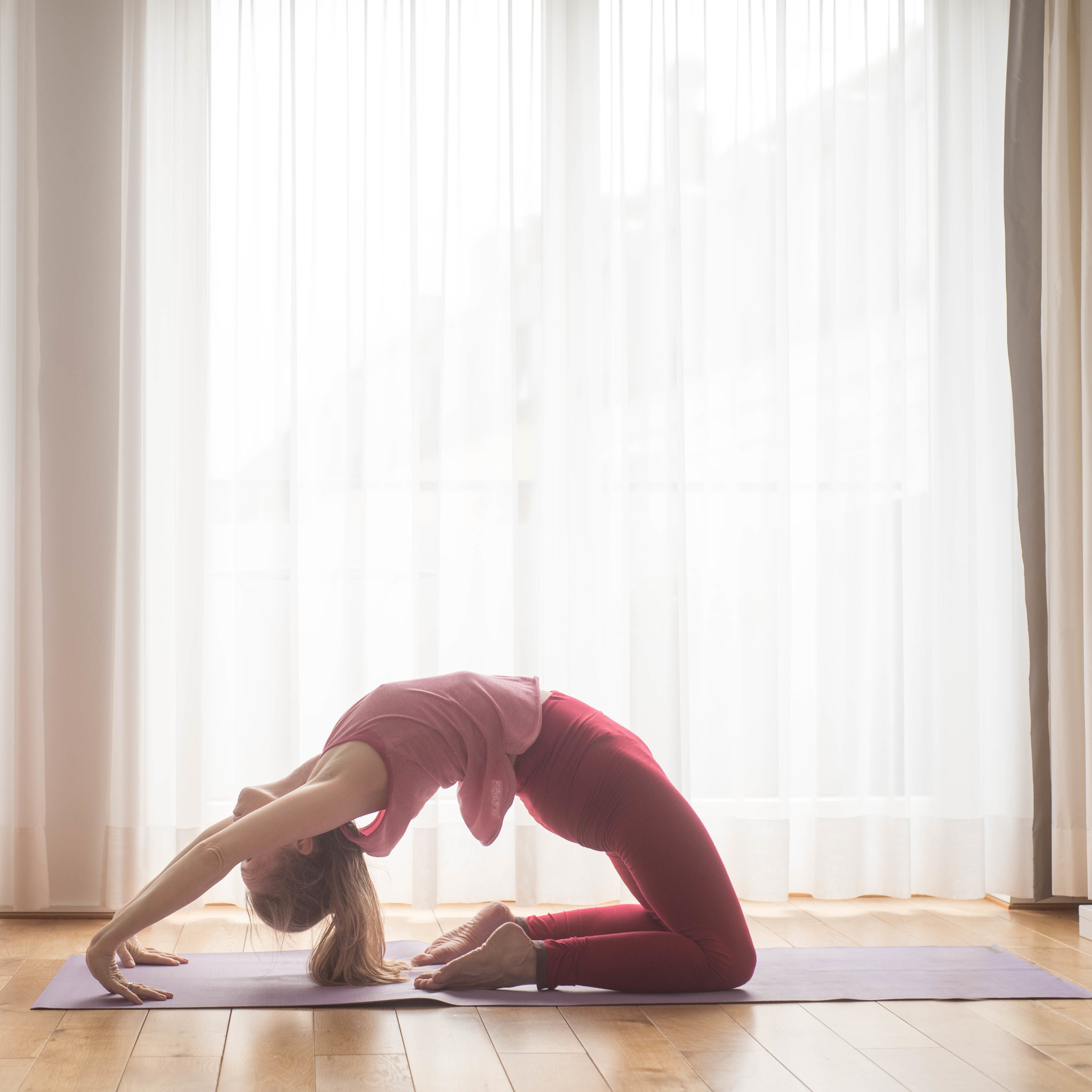Today’s yoga practice was fantastic again. The body felt light. To go through all the asanas was a joy. After ninety minutes concentration faded away, I finished the practice with a rather short closing sequence.
To practice daily makes every single practice easier (also the difficult ones).
I like to repeat asanas up to three times, when I think it would be good to go deeper.
To hold the asanas longer is a good idea. I use my timer a lot.
I take my time to get into an asana. To create length comes always first. Then I move forward or backward into an asana.
When in the end position I breathe deeply. Yet there is always also inner work to do. The bandhas are engaged. With every inhaling I create length. The hips move forward in ustrasana. The chest moves upwards, the hands press into the feel. The knees shall stay parallel, so the thighs move inward. The little toes move to the floor.
With every repetition the pose feels better.
One more practice this week. Saturday is rest day.
————————
Next months is another challenge on Instagram created my Carmen (cyogalife). The wall is used as a prop. The wall is indeed my favorite tool. I’m ready to be part of this challenge. My Instagram account is called: photoyogablog. Feel free to join. It’s an opportunity to explore new variations of asanas.




















